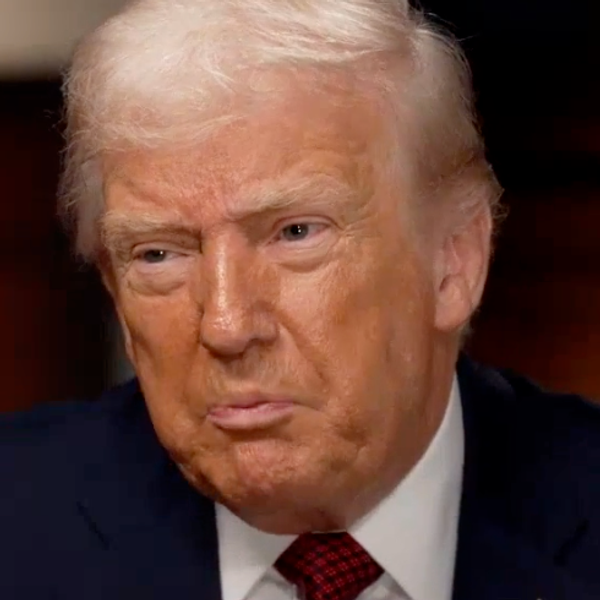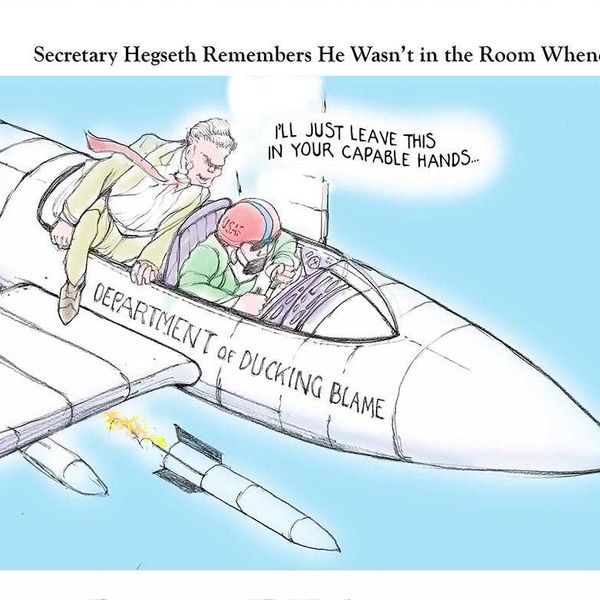
We’re beyond corrections now.
The New York Times issued a lengthy editors’ note Tuesday regarding the paper’s tangled, bungled coverage of Hillary Clinton’s emails, which, they conceded, “may have left readers with a confused picture.”
That’s a rather gentle gloss on the media tempest that made landfall Thursday night, after an article that purported to break news of a criminal investigation into Clinton, was published on the Times site and front page Friday morning, and was the subject of an email blast.
But then the Times silently amended the story, whittling the headline, and the story’s claims, down from “Criminal Inquiry Sought in Hillary Clinton’s Use of Email” to “Criminal Inquiry Is Sought in Clinton Email Account,” and then finally, “Inquiry Sought in Hillary Clinton’s Use of Email,” where it stands as of this writing.
Of course by then, it had been copied, repeated, and aggregated all over the Web.
Per Reuters:
The New York Times originally reported that two government inspectors general had asked the Justice Department to open a criminal investigation into Clinton’s use of her private email account
It altered its report on its website overnight without explanation to suggest she personally was not the focus of a criminal referral.
Then, the Justice Department said the inspectors general had requested a criminal investigation into the emails, before backtracking and saying that there was a request for a probe but not a criminal one.
When the crux of the original story — that Clinton was under criminal investigation — was tweaked to indicate that the investigation was not criminal in nature, nor was Clinton the target, the Times editors quietly corrected it on the online edition of the paper, after it had been online for a few hours, with none of the fanfare that attended the original story’s publication: no email blast; no correction.
Times public editor, Margaret Sullivan, published a long note outlining exactly how and why Times reporters fouled it up. She concluded that, in the Times’ haste to publish an earth-shattering exposé on the Democratic frontrunner, the paper of record had rushed to print an overly sensationalistic story that relied on dubious sources. She also lamented editors’ decision to discreetly revise the story without first issuing a proper correction. Her prescription: “Less speed. More transparency.”
National Memo editor Joe Conason argued Monday that:
Sullivan lets the Times editors and reporters off a bit too easily, allowing them to blame their anonymous sources and even to claim that the errors “may have been unavoidable.” What she fails to do, as usual, is to examine the deeper bias infecting Times coverage of Hillary and Bill Clinton — a problem that in various manifestations dates back well over two decades.
It seems clear that the Times article was written in accordance with the “Clinton rules” of journalism — which, as articulated by Jonathan Allen, state that “the scoop that brings down Hillary Clinton and her family’s political empire” is the primary goal for journalists. Clinton rules endorse the use of tabloid-worthy headlines (“Criminal!”) and dubious sources, presume guilt, and operate under the assumption of a massive Clintonian conspiracy of widespread collusion and ill intent.
The Times finally ran two belated, garrulous corrections — the first on Saturday, the second on Sunday — which together read:
An article and a headline in some editions on Friday about a request to the Justice Department for an investigation regarding Hillary Clinton’s personal email account while she was secretary of state misstated the nature of the request, using information from senior government officials. It addressed the potential compromise of classified information in connection with that email account. It did not specifically request an investigation into Mrs. Clinton.
An article in some editions on Friday about a request to the Justice Department for an investigation regarding Hillary Clinton’s personal email account while she was secretary of state referred incorrectly, using information from senior government officials, to the request. It was a “security referral,” pertaining to possible mishandling of classified information, officials said, not a “criminal referral.”
These are not corrections on the order of “Mr. McDougal’s name is actually MacDougal,” and it’s baffling that they would be treated as such, quietly airbrushed onto the site like fixing a typo. Which, of course, became the next phase of the story.
It didn’t help that the Times reporter who wrote the piece conceded that the corrections were “a response to complaints we received from the Clinton camp that we thought were reasonable.” This is how a Clinton-bashing story evolves from one of sloppy journalism to the way Hillary Clinton muscled a media titan into reporting what she wanted them to report.
Of course this episode is already becoming subsumed into the vast Clinton conspiracy, as when S.E. Cupp accused the Times of altering its headline “because Hillary asked them to.” A Breitbart headline similarly proclaimed: “New York Times Stealth-Edits Clinton Email Story At Her Command.”
As Sullivan said, “you can’t put stories like this back in the bottle – they ripple through the entire news system.”
Clinton-bashing articles are the gifts that keep on giving, a veritable golden goose of insinuation, innuendo, and dishonesty: Even once the initial specious recriminations have crumbled, the storm of media attention and confusion that follows creates a feedback loop that reinforces Clinton’s detractors’ view of her as a media-manipulating mastermind. And for voters — even those who support Clinton — it’s a reminder that this kind of thing is just going to happen again and again.
Photo: U.S. Democratic presidential candidate Hillary Clinton speaks at a campaign event in West Columbia, South Carolina on July 23, 2015. REUTERS/Chris Keane








